So, this is the first video I've ever made, and it's made because I made the claim to derek that I will usually have an iron honed faster than I used to have just a ground made on the tormek (a friendly little contest/discussion we have going). I didn't list it publicly on youtube because the entire purpose was to time how long between start of grind to finished honing.
Unfortunately, the only place I had to throw my phone was on the lumber rack, and I couldn't look at the view finder to see what it was capturing.
At any rate, Derek, it looks like 1:30 to 1:40 or so for the whole process (about 0:20 and 2:00).
I've been fascinated lately with the washitas and the old stock irons. Certainly not aussie woodworking, but I've been using them soup to nuts for face frames and doors on cabinets.
http://www.youtube.com/watch?v=r1MDwHCEBfk
I'll get a better one at some point. Those of you guys who like tidy shops....well, I'd be lying if I said I was sorry.




 Reply With Quote
Reply With Quote

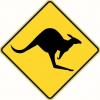

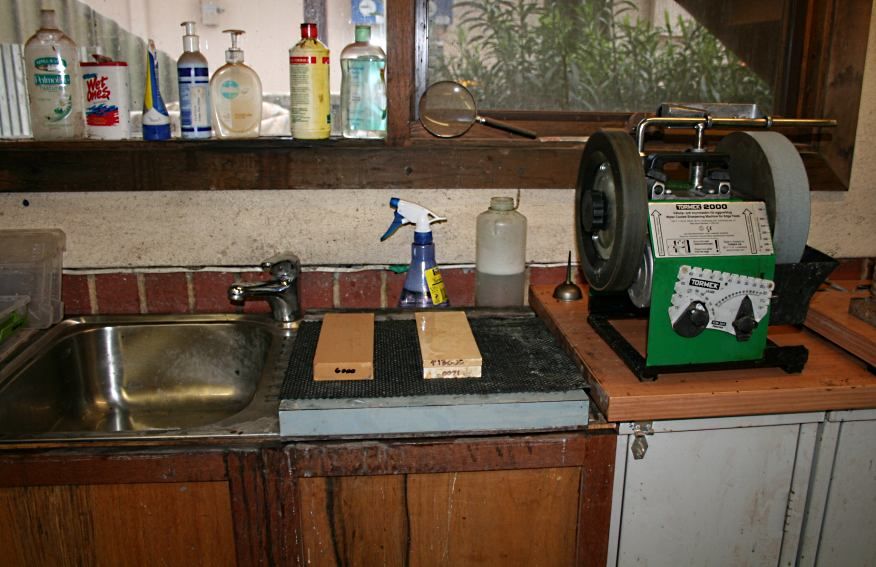

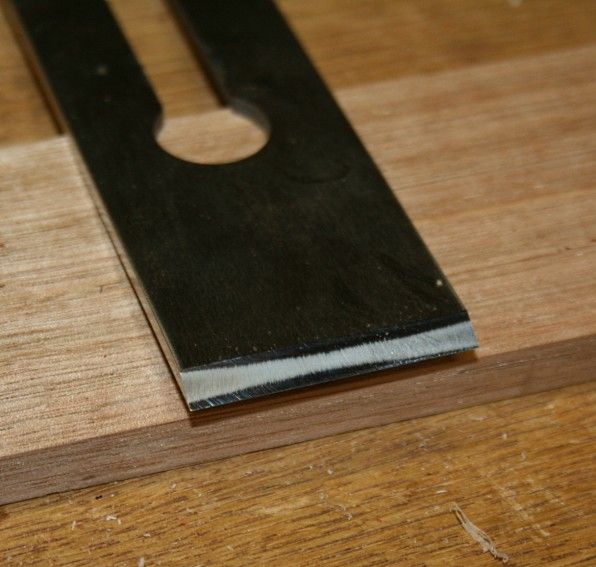

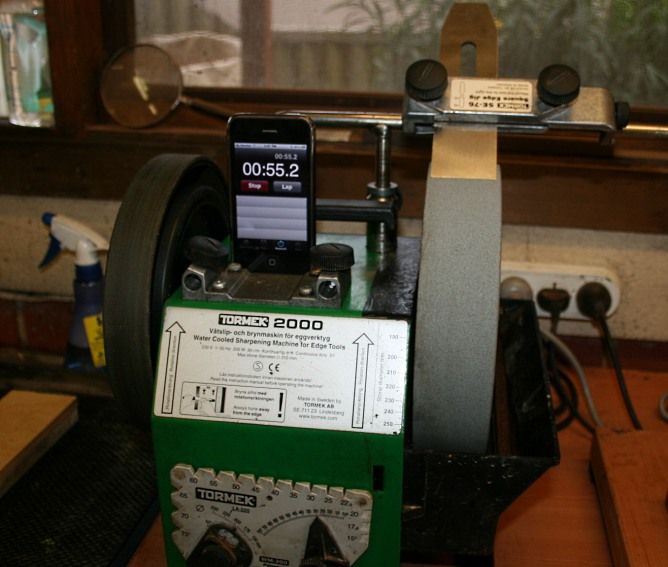
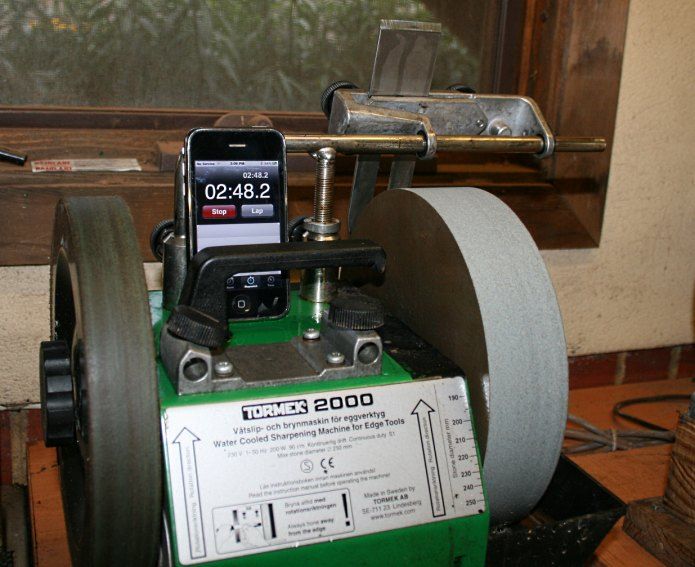
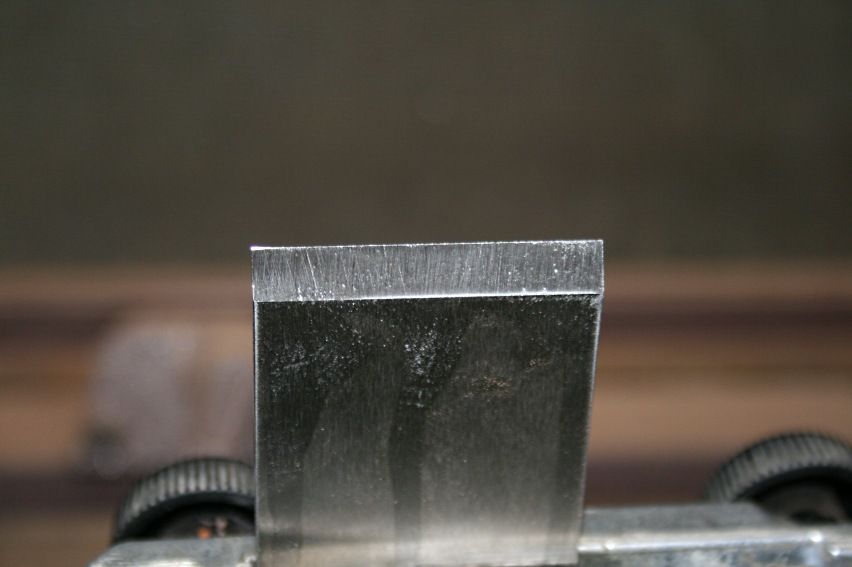
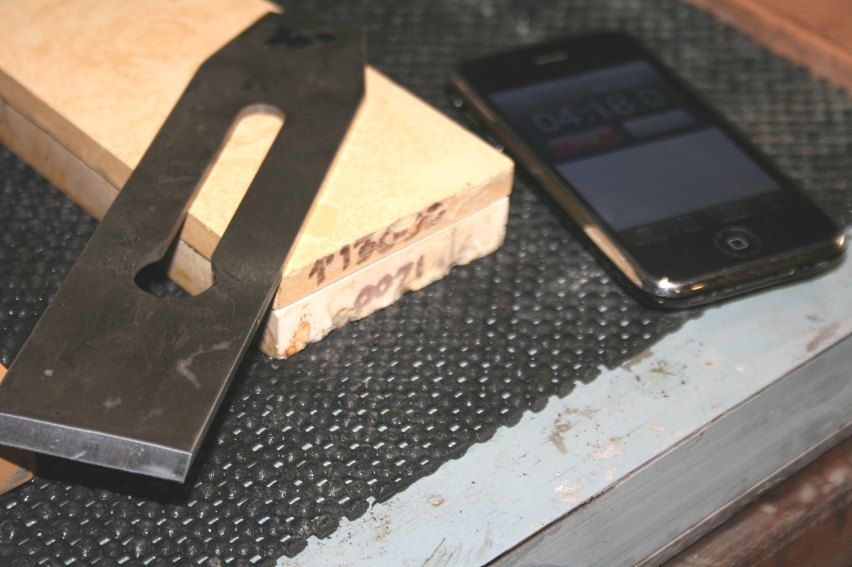

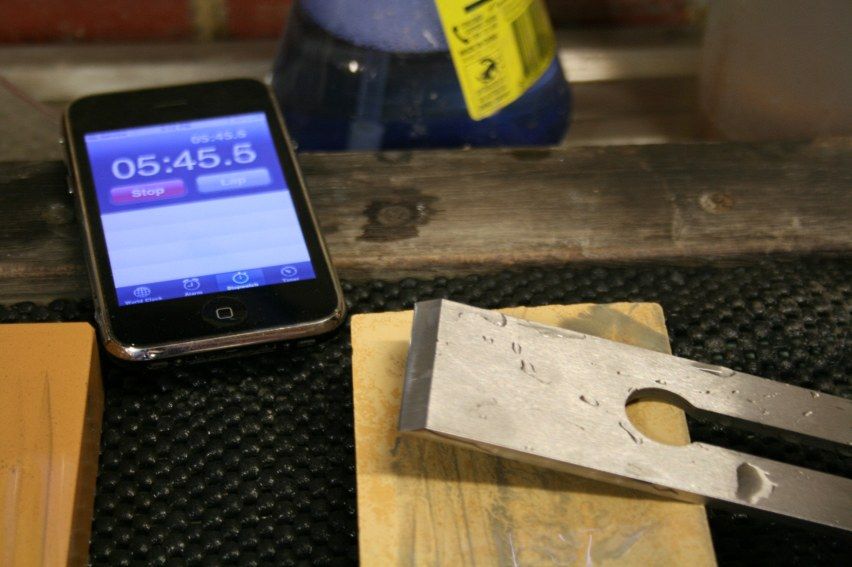
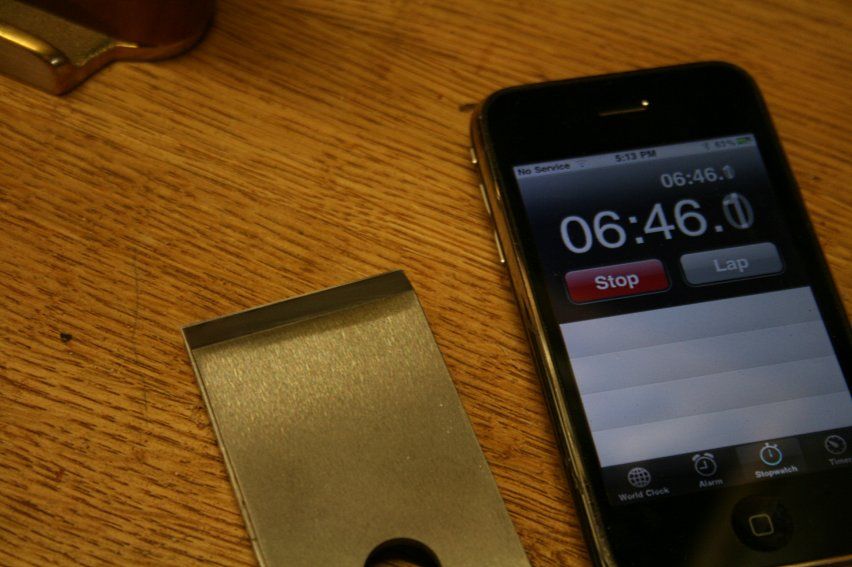






 Truth be told I'll always think of you as that avatar you had of that wrestler.
Truth be told I'll always think of you as that avatar you had of that wrestler.

